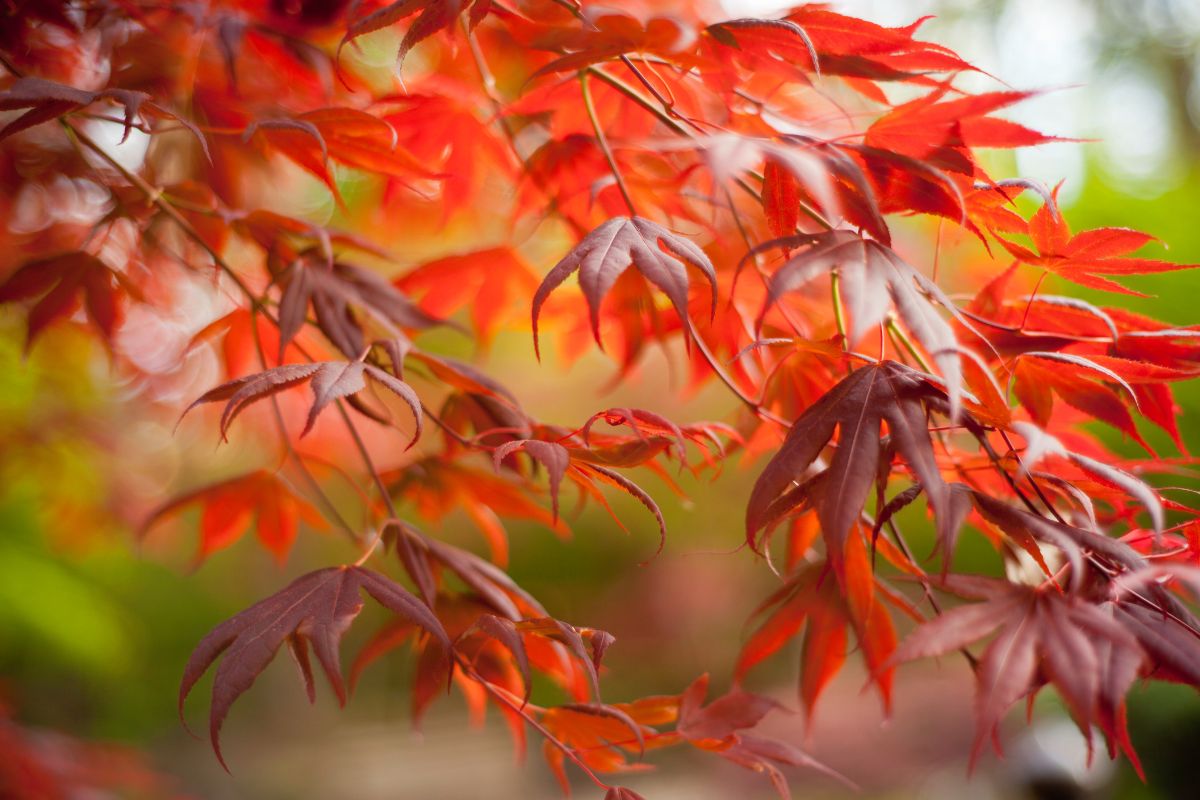If you are a fan of Japanese maple trees, you know how beautiful and delicate they can be. These trees are popular for their stunning foliage and unique shape. However, growing them in pots can be a bit tricky, especially during the winter months. In order to keep your potted Japanese maple alive during the winter, you need to take a few precautions.
One of the most important things you can do is to move your potted Japanese maple to a sheltered location when the temperature drops. The ideal temperature range for this tree is between 50°F and 80°F.
When the temperature drops below 28°F, it is time to move your tree to a garage or shed. This will protect it from the harsh winter weather and keep it dormant until spring.
Another important factor is to make sure your tree is well-watered throughout the winter. While it may not need as much water as it does during the growing season, it still needs some moisture to survive.
Make sure to water your tree when the soil is dry to a depth of about 4 inches. This will help prevent the roots from drying out and keep your tree healthy until spring.
Choosing the right pot for your Japanese maple
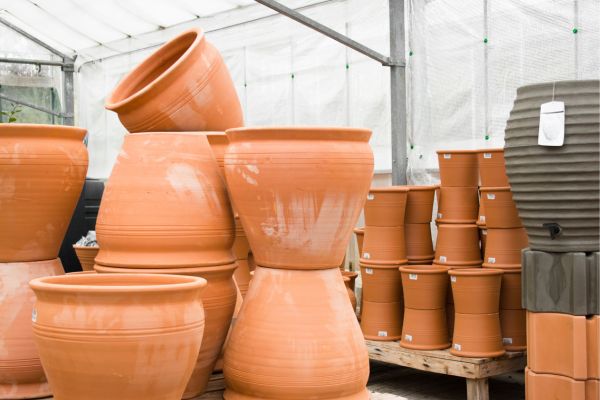
If you want to keep your potted Japanese maple alive during the winter, choosing the right pot is crucial. Here are some factors to consider when choosing a pot:
- Size: Choose a pot that is at least 2 inches wider than the root ball of your tree. This will give the roots enough room to grow and prevent them from becoming too cramped. However, avoid choosing a pot that is too large, as this can lead to overwatering and root rot.
- Material: The material of the pot can affect the temperature of the soil. Clay pots can absorb moisture and crack in freezing temperatures, while plastic pots can become brittle and crack. Consider using a pot made of a durable material like fiberglass or concrete.
- Drainage: Proper drainage is essential for the health of your Japanese maple. Make sure the pot has drainage holes at the bottom to prevent water from accumulating and causing root rot.
When choosing a pot, keep in mind that you may need to move it indoors during the winter months. Choose a pot that is lightweight and easy to move. Additionally, consider using a pot with wheels to make it easier to move your tree around.
Preparing a Japanese maple for winter
Pruning
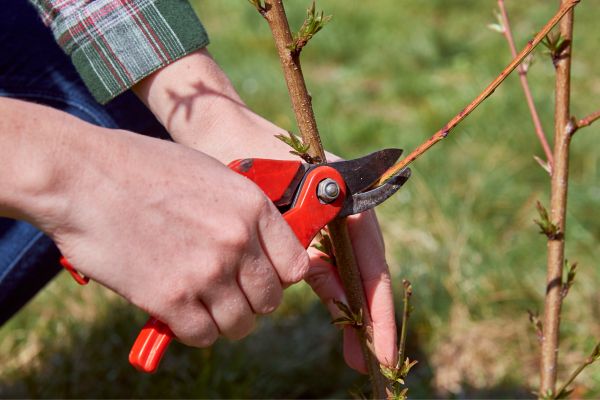
Pruning is important to prepare your potted Japanese maple for winter. Remove any dead, diseased, or broken branches. This will prevent any further damage to the tree and will also improve its appearance.
Prune the branches to maintain the desired shape of the tree. Do not prune more than one-third of the tree’s branches in a single year.
Fertilizing
Fertilizing your potted Japanese maple in the fall will help it survive the winter. Use a slow-release fertilizer that is high in potassium and phosphorus.
These nutrients will help the tree develop strong roots and withstand the cold weather. Avoid fertilizing the tree in the spring or summer, as this can cause new growth that will not have time to mature before winter.
Watering

Proper watering is essential for the survival of your potted Japanese maple in the winter. Water the tree deeply before the first frost. This will help it store enough water to last through the winter.
Water the tree throughout the winter when the soil is dry. However, be careful not to overwater the tree, as this can cause root rot. Check the soil regularly to ensure it is moist but not waterlogged.
It is also important to protect the roots of your potted Japanese maple from freezing temperatures. Insulate the pot with bubble wrap or burlap.
Place the pot on a layer of mulch to help insulate the roots. You can also move the pot to a sheltered location, such as a garage or shed, when the temperature drops below 28°F (-2°C).
Protecting the maple from winter elements
Wrapping the pot
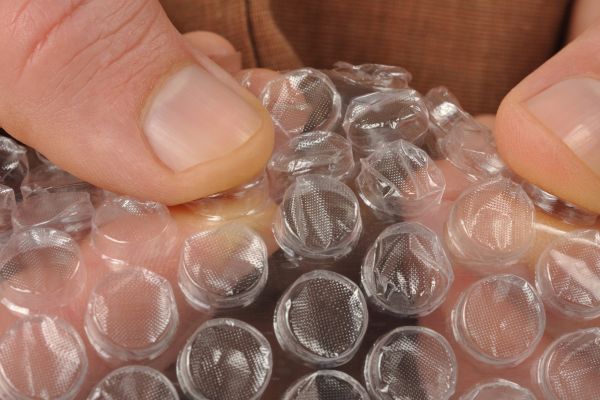
Wrapping the pot is an effective way to protect the roots of the potted Japanese maple from freezing temperatures. Start by wrapping the pot with bubble wrap or hessian cloth, which will provide insulation from the cold.
Secure the wrap with duct tape or twine, making sure not to wrap it too tightly, as this could damage the tree. Alternatively, you can use a commercially available plant jacket or cover.
Mulching the soil
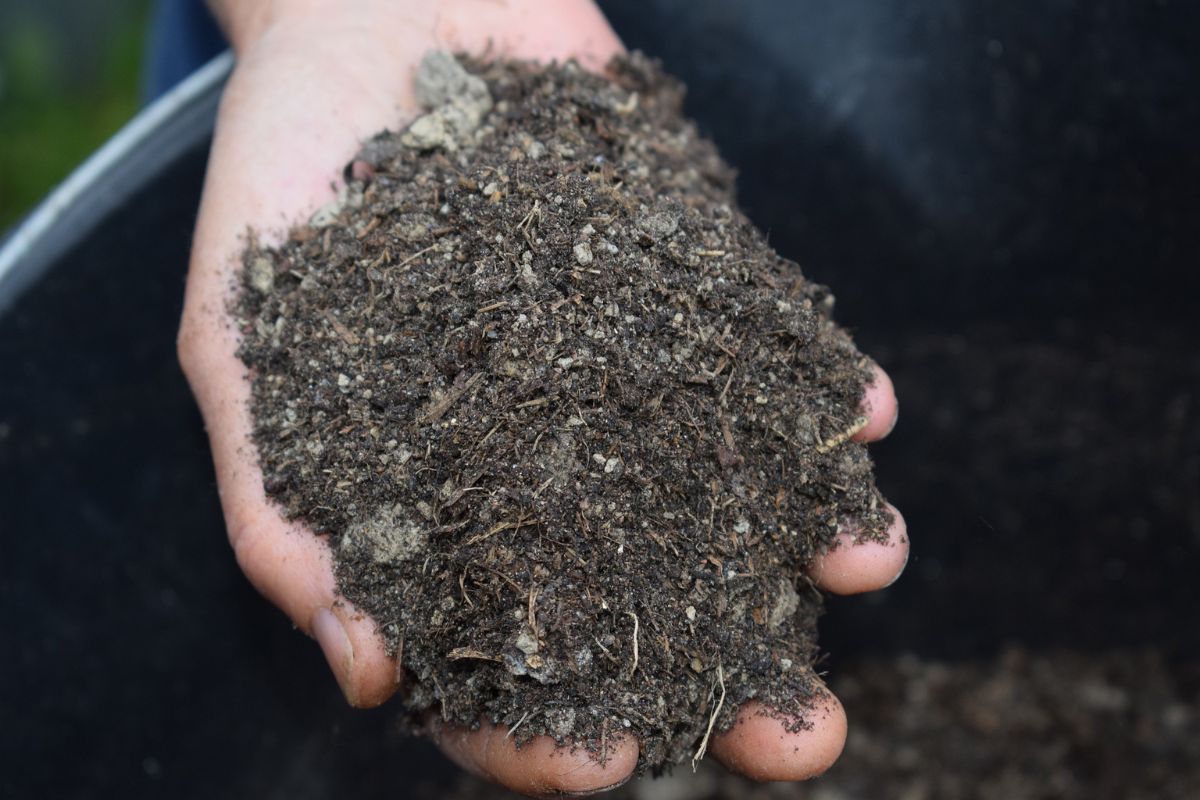
Mulching the soil around the base of the Japanese maple is another way to protect the roots from the cold. Apply a thick layer of mulch, up to 4 inches (10 cm), around the base of the tree.
This will help to insulate the roots and prevent them from freezing. Use organic matter such as bark chips, straw, or leaves as mulch. Avoid using inorganic materials such as gravel, as they do not provide insulation.
Providing shelter
Providing shelter for the potted Japanese maple is also important. Move the pot to a sheltered location, such as a garage or shed, when temperatures drop below freezing.
If you do not have a sheltered location, create a shelter by wrapping the pot and tree with burlap or frost cloth. This will help to protect the tree from harsh winds and freezing temperatures.
Watering the Japanese maple before winter freeze is also important. This will help the tree survive the cold. Water the tree well before the first freeze, and make sure to water it throughout the winter when the soil is dry to the touch. However, be careful not to overwater the tree, as this can lead to root rot.
Monitoring the maple throughout winter
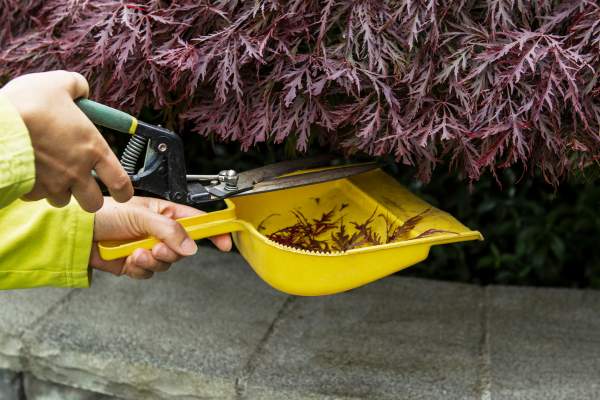
Once you have taken all the necessary steps to winterize your potted Japanese maple, it is important to monitor it throughout the winter to ensure it remains healthy and protected from the cold weather. Here are some tips to help you keep an eye on your maple:
- Check the soil moisture regularly: While it is important not to overwater your maple in the winter, you also want to make sure it is not completely dry. Stick your finger into the soil to a depth of about an inch. If it feels dry, it is time to water your maple.
- Inspect the leaves: While your maple tree will be dormant during the winter, it is still important to keep an eye on the leaves. If they start to wilt or turn brown, it could be a sign that the tree is not getting enough water or is experiencing cold damage.
- Watch for pests: Winter is a time when many pests go into hibernation, but some may still be active. Keep an eye out for signs of infestation, such as small holes in the leaves or sticky residue on the branches.
- Protect from wind: Even if your maple is well-insulated, it is still vulnerable to wind damage. If you live in an area with high winds, consider moving your maple to a more sheltered location or using a windbreak to protect it.
By monitoring your potted Japanese maple throughout the winter, you can catch any problems early and take steps to correct them before they cause serious damage. With a little care and attention, your maple tree should emerge from the winter healthy and ready to thrive.
Conclusion
Keeping a potted Japanese maple alive in the winter requires some special attention, but it is definitely doable. The key is to make sure the tree is properly watered and protected from the elements. Remember to:
- Move the potted Japanese maple to a garage or shed when the temperature drops below 28°F (-2°C).
- Water the tree throughout the winter, but only when the soil in the pot is 4 inches dry.
- Place the pot close to a house wall for root protection and elevate it off the deck with bricks or pot feet.
- Guard the tree against cold winds by placing it in a shed or garage.
- Use a well-drained and nutritious organic matter-based soil when planting the Japanese maple in a pot.
- Place the pot in a location with 4-6 hours of direct sunlight per day.
- Fertilize the tree once a year with a slow-release fertilizer in early spring.
By following these simple steps, you can ensure that your potted Japanese maple survives the winter and thrives for years to come. Remember to check on your tree regularly and make adjustments as needed to keep it healthy and happy.
